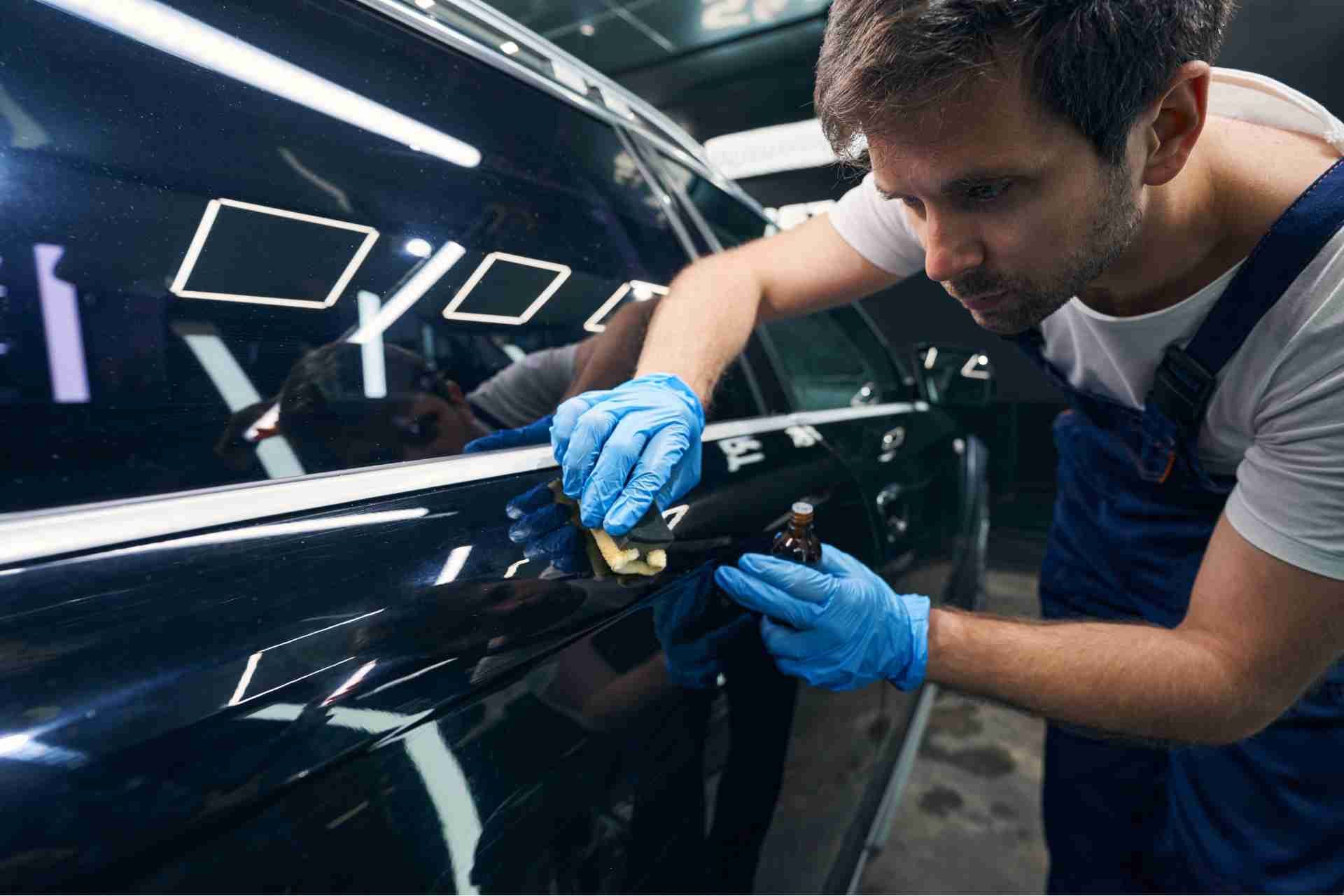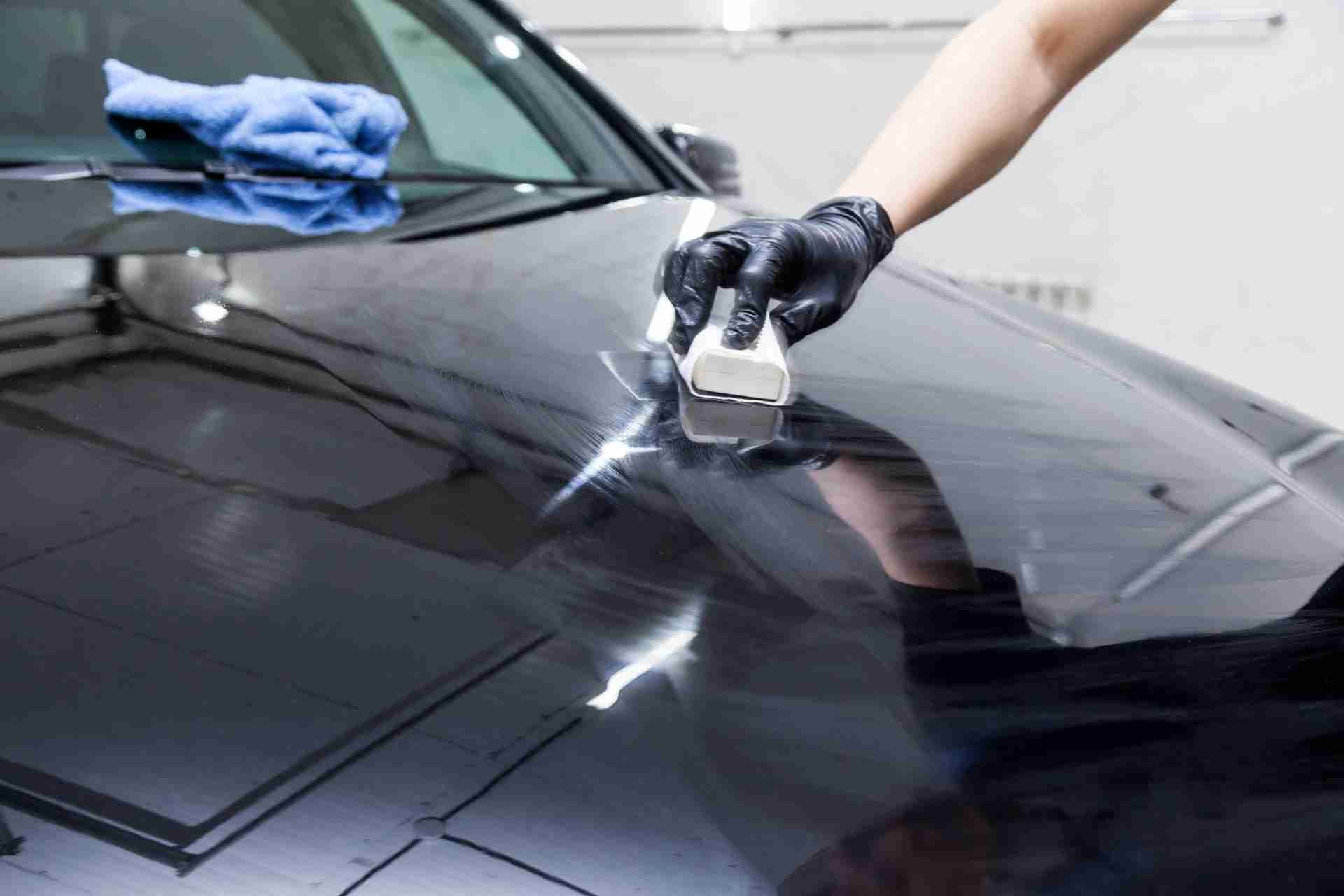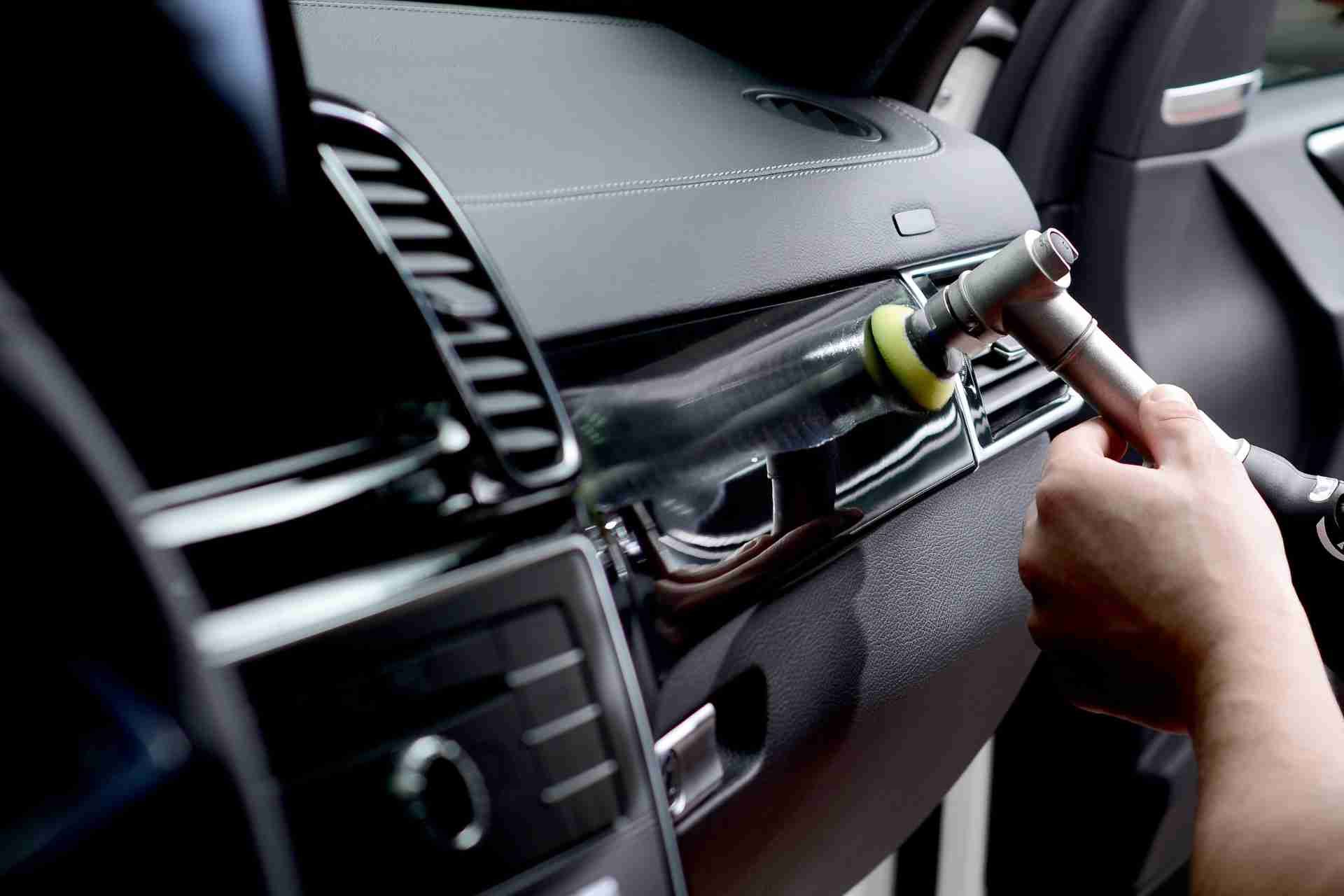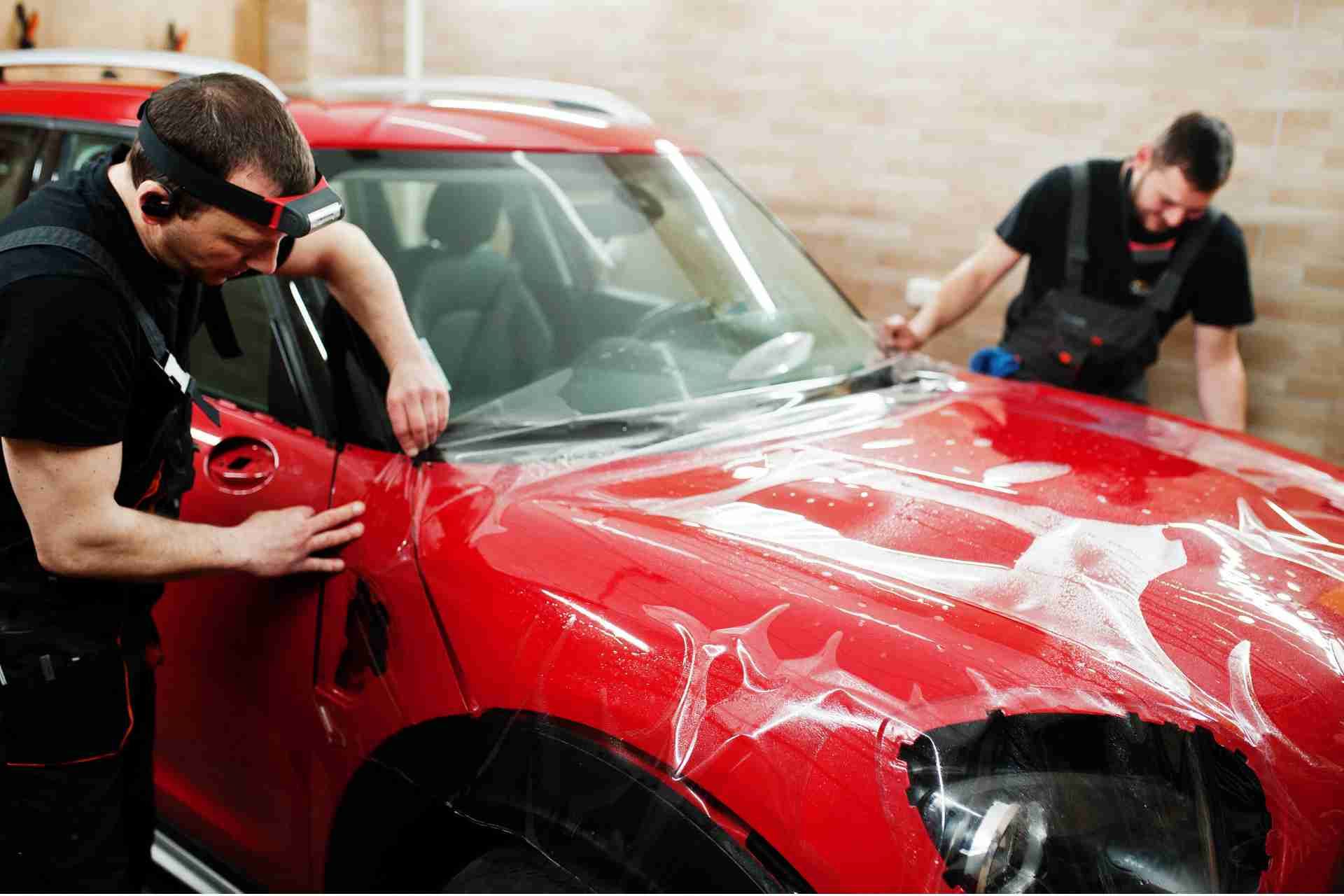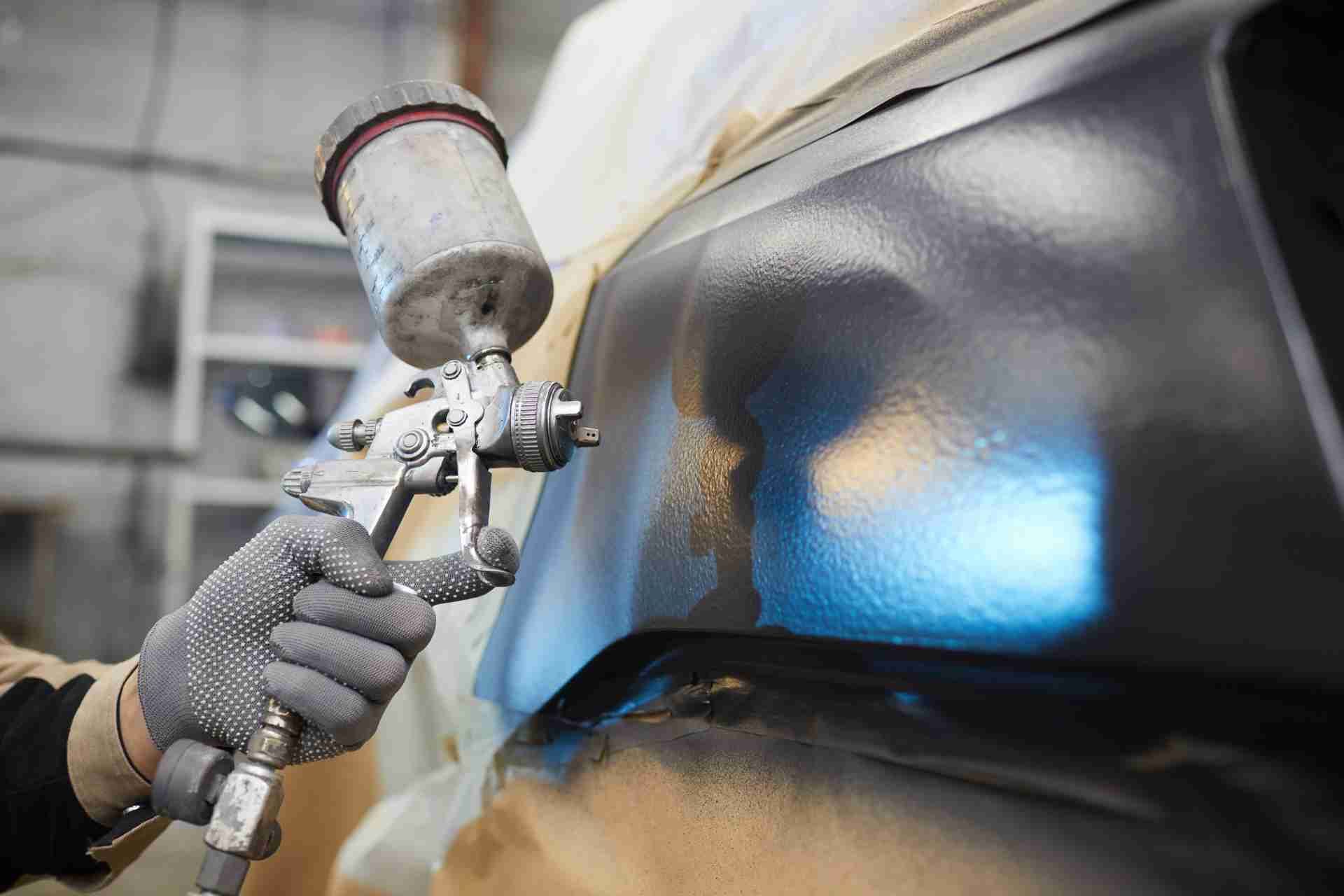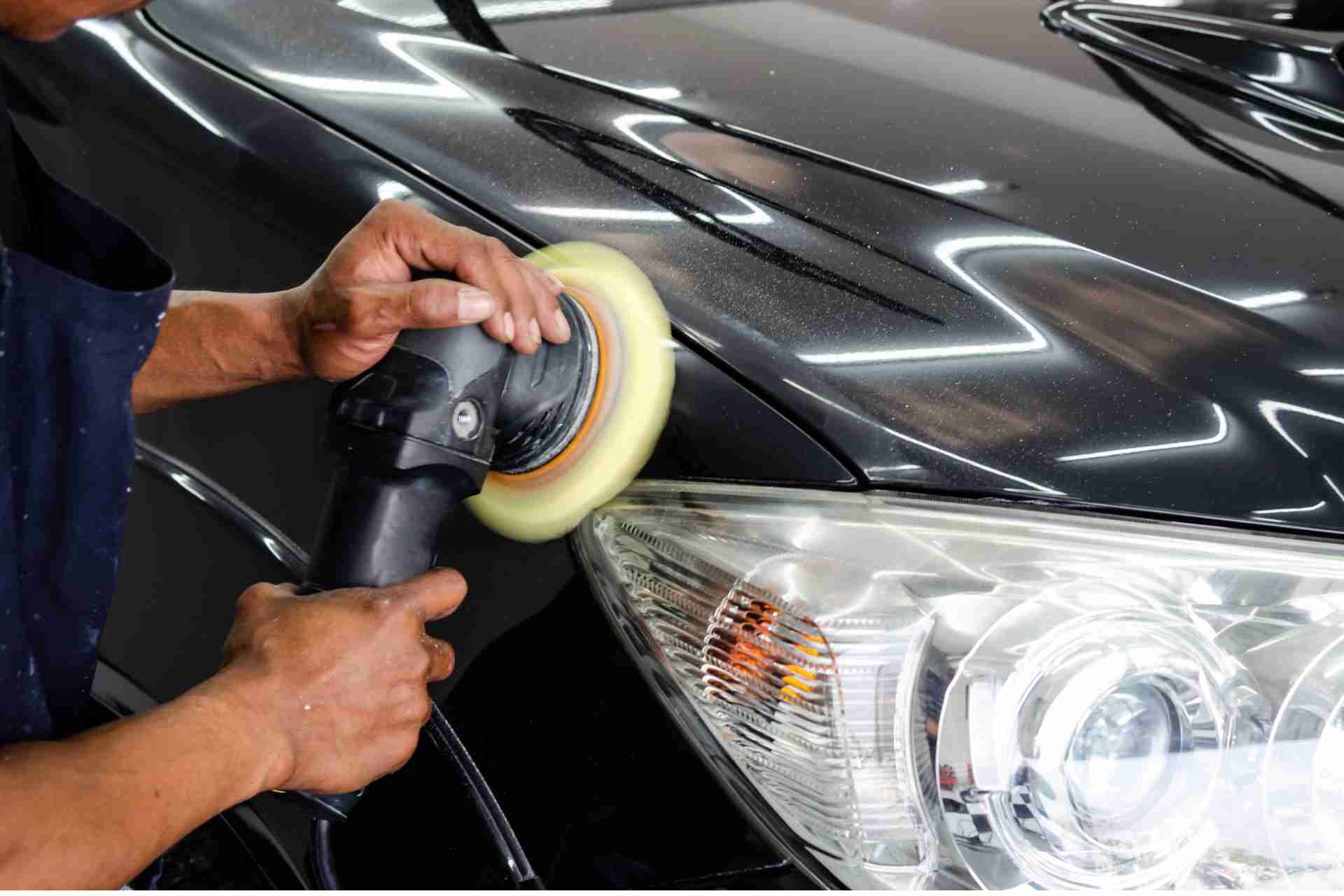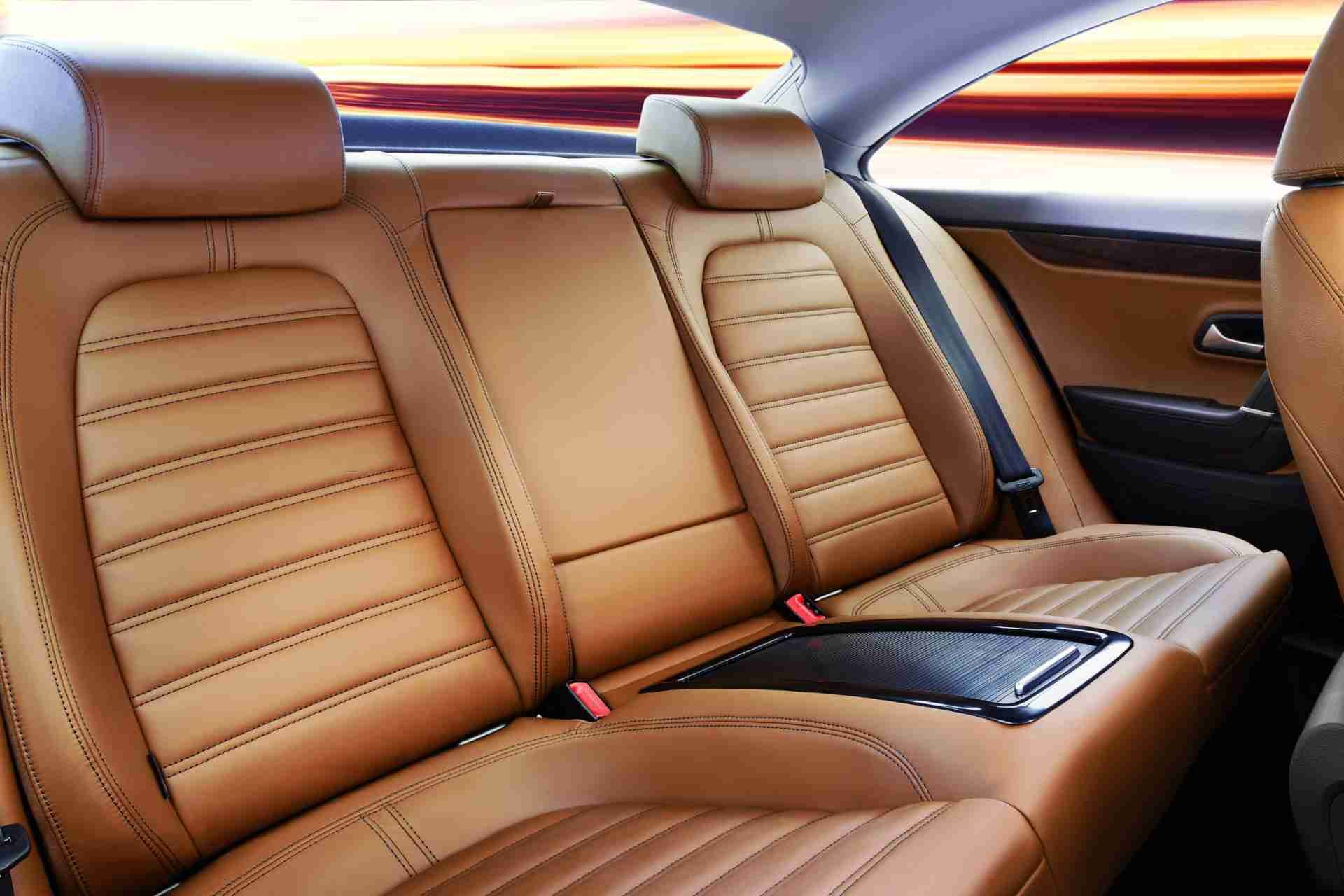Challenges in Removing Pet Hair from Your Car
Removing pet hair from your car can be a real hassle. You know how clingy it is, sticking to every surface and hiding in hard-to-reach spots. Those tight spaces under the seats and between cushions collect fur like a magnet. Plus, different upholstery materials can make the job even trickier. If you've tried vacuuming with little success, you're not alone. There's more to this challenge than meets the eye.
The Clinginess of Pet Hair
Pet hair has a knack for sticking to surfaces, and if you've ever tried to remove it from your car, you know just how frustrating it can be.
The fine fibers cling tightly to upholstery and carpets, making it seem like they're almost part of the material. You might've noticed that regular vacuuming often leaves behind stubborn strands.
The static electricity generated when you move around can make things worse, causing the hair to resist your efforts. It's not just a cosmetic issue; pet hair can trap allergens and odors, too.
To tackle this clinginess effectively, using specialized tools like rubber gloves or lint rollers can help lift those pesky hairs off surfaces, restoring your car's cleanliness and comfort.
Inaccessible Areas in Your Vehicle
When it comes to removing pet hair from your car, some areas can be tricky to reach. Spots like under the seats, between the seat cushions, and around the console can be a real headache.
These nooks and crannies often collect fur, making them difficult to clean. You might find it hard to maneuver regular vacuum attachments into these spaces, which can lead to frustration.
Using a handheld vacuum or a flexible crevice tool can help, but you'll still need to get creative. A lint roller or sticky tape can also work wonders for those tight areas.
Don't forget to check the floor mats and around the pedals, as pet hair tends to sneak into these spots, too!
Different Types of Upholstery Challenges
Cleaning up pet hair isn't just about reaching those tricky spots; it also involves dealing with various upholstery materials that can complicate the process.
Each type of fabric behaves differently when it comes to hair removal. For instance, cloth upholstery tends to trap hair tightly, making it harder to pull out. On the other hand, leather surfaces might let hair slide off more easily, but they require special care to avoid scratches.
If you have synthetic materials, they can create static that attracts hair, complicating your efforts. Recognizing these challenges helps you choose the right tools and techniques, whether it's a lint roller, vacuum, or rubber glove, ensuring you tackle each material effectively.
Time and Effort Required for Cleaning
Although removing pet hair from your car can seem daunting, understanding the time and effort involved helps you prepare mentally and physically. Expect to spend a good chunk of time, especially if your furry friend sheds a lot. A thorough clean may take anywhere from 30 minutes to a couple of hours, depending on your car's size and the amount of hair present.
You'll need to dedicate yourself to a systematic approach, tackling one area at a time. Gathering your tools beforehand can save you frustration.
Don't underestimate the effort required, as pet hair can cling stubbornly to various surfaces. By mentally preparing for this task, you can make the cleaning process more efficient and manageable, ultimately leading to a fur-free ride.
Ineffective Cleaning Tools and Techniques
While many people reach for standard vacuum attachments or lint rollers in an effort to remove pet hair from their cars, these tools often fall short of the mark.
Standard vacuums may struggle to pick up stubborn, embedded hairs, while lint rollers can quickly run out of sheets, leaving you frustrated. You might also try rubber gloves, but they can only do so much.
Instead, consider investing in a specialized pet hair removal tool or a powerful handheld vacuum designed for the task. Techniques like using a squeegee or damp sponge can also be effective in loosening hair from upholstery.
It's important to choose the right tools to save time and achieve the clean car you desire.
Conclusion
Removing pet hair from your car isn't an easy task, but understanding the challenges can help you tackle it more effectively. By recognizing how clingy pet hair is, identifying those hard-to-reach spots, and knowing the specific upholstery issues you face, you can choose the right tools and techniques. With a bit of time and effort, you can keep your car looking clean and fur-free, making every ride more enjoyable for both you and your furry friend.


